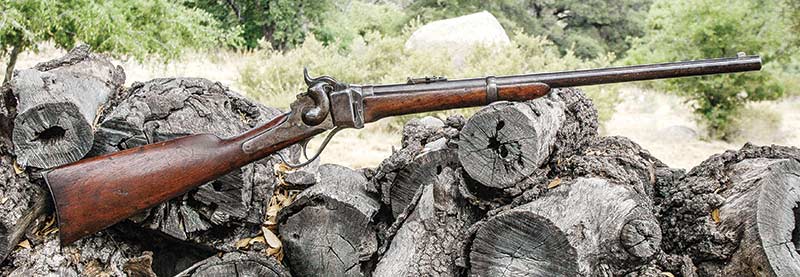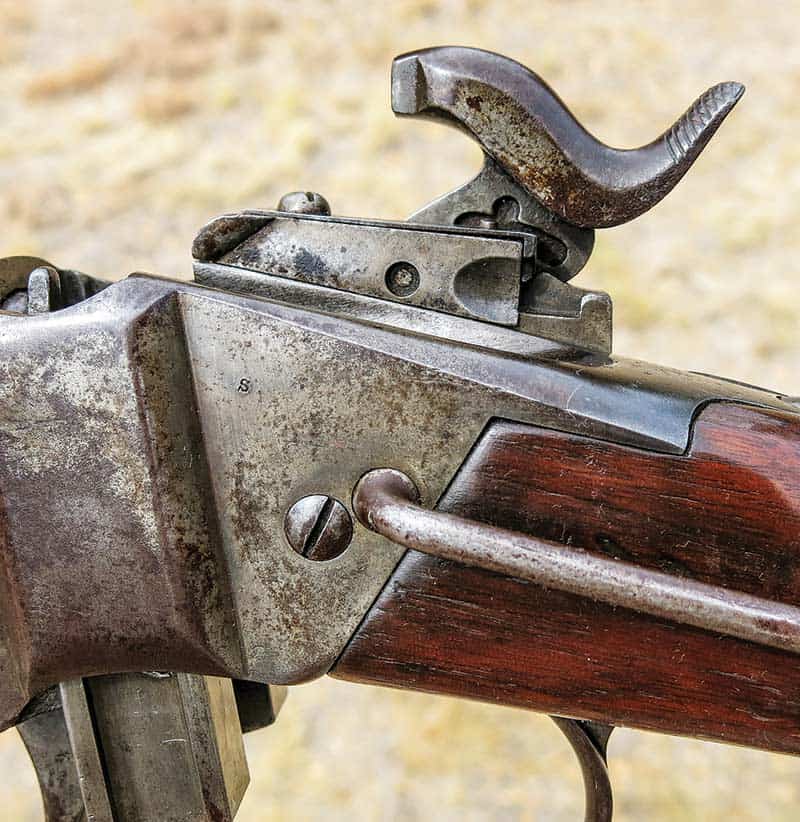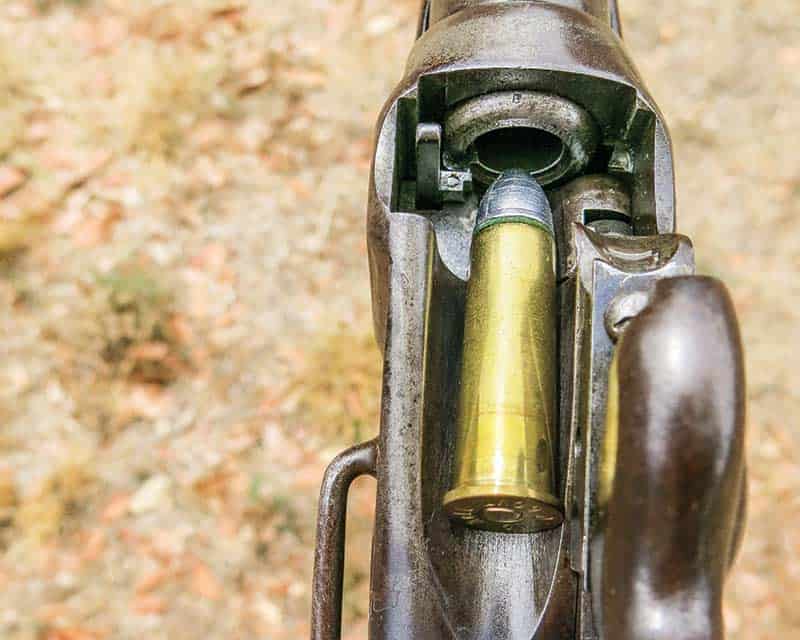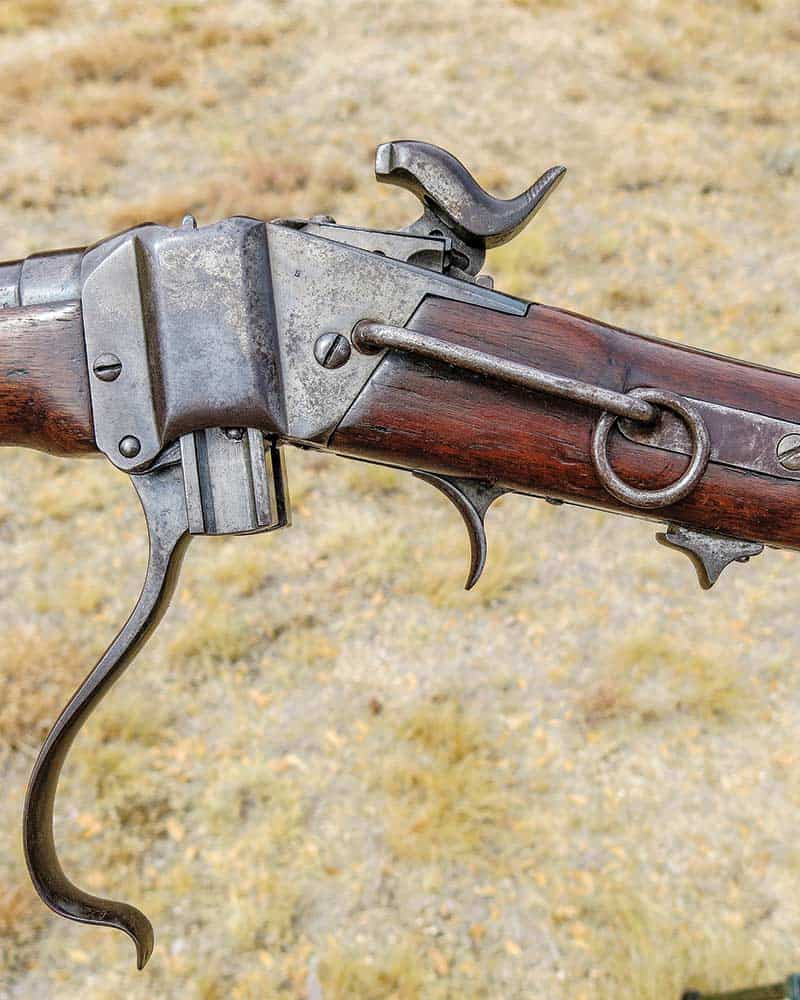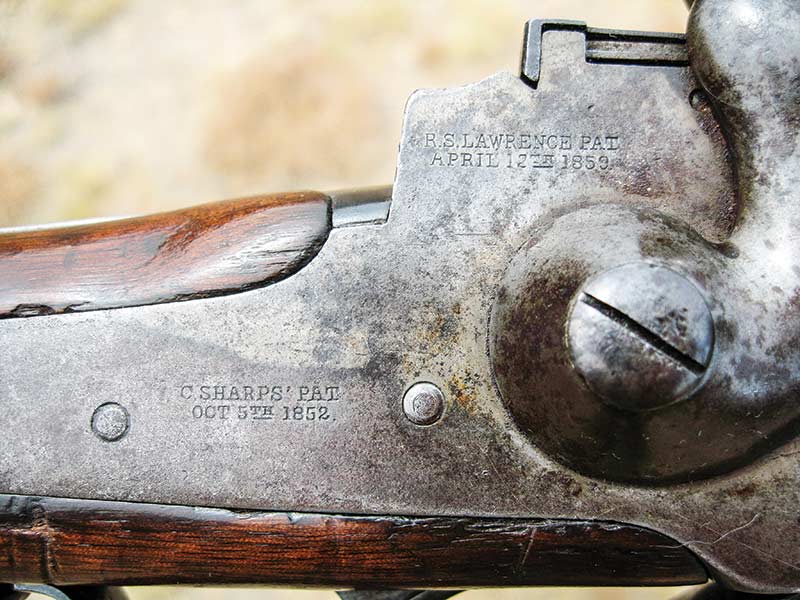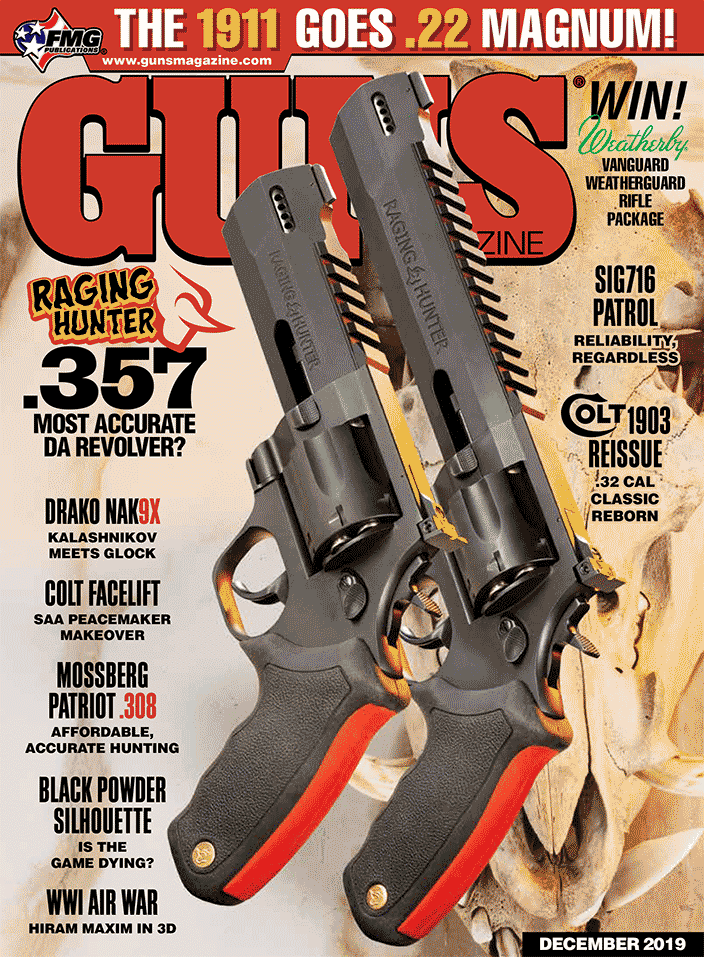Carbine Cachet
I’ve always been attracted to the original Sharps carbines. They’re handy, powerful, attractive and a lot more affordable than Sharps rifle models. You can stuff your pocket with a few .50-70 rounds, stroll out the back door and go hunting plus it also has a fascinating history.
During the Civil War, there were 19 major breechloading Federal cavalry carbines fielded. In terms of total wartime production, the big five were the Spencer (94,196 produced), Sharps (80,512), Burnside (55,567), Smith (30,062) and Starr (25,603). As a group, the Union carbines of the Civil War were the most attractive shoulder arms of the conflict. Light, short, fast firing and accurate, the breechloading cavalry carbines signaled the coming end of the single-shot muzzleloader era.
At the conclusion of the war, the Ordnance Department was sitting on countless stacks of carbines, including approximately 50,000 percussion Sharps carbines and rifles. The challenge facing the Ordnance Department was to select the next generation of firearms for the infantry and cavalry and, being financially strapped after the cessation of hostilities, to do it at the least cost. The answer was to convene a “Board” to test and evaluate possible firearm options.
With the end of the war came an end of military contracts and most Civil War-era firearms manufacturers simply went out of business and disappeared forever. Sharps was barely hanging on, which begs the obvious question — why didn’t Sharps put a metallic cartridge model of their own into production? It seems they didn’t have the capital to do it, but the problem was about to change.
